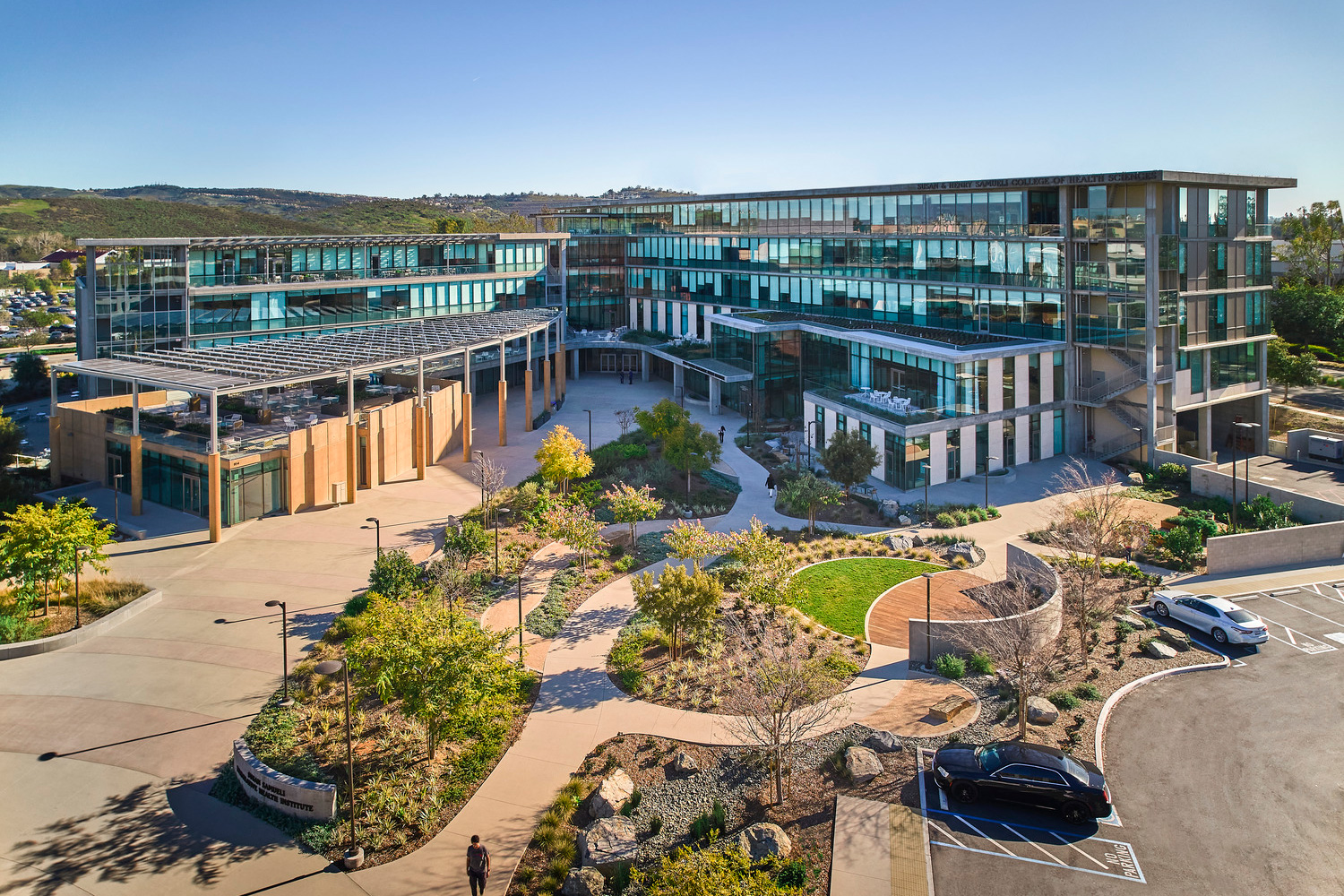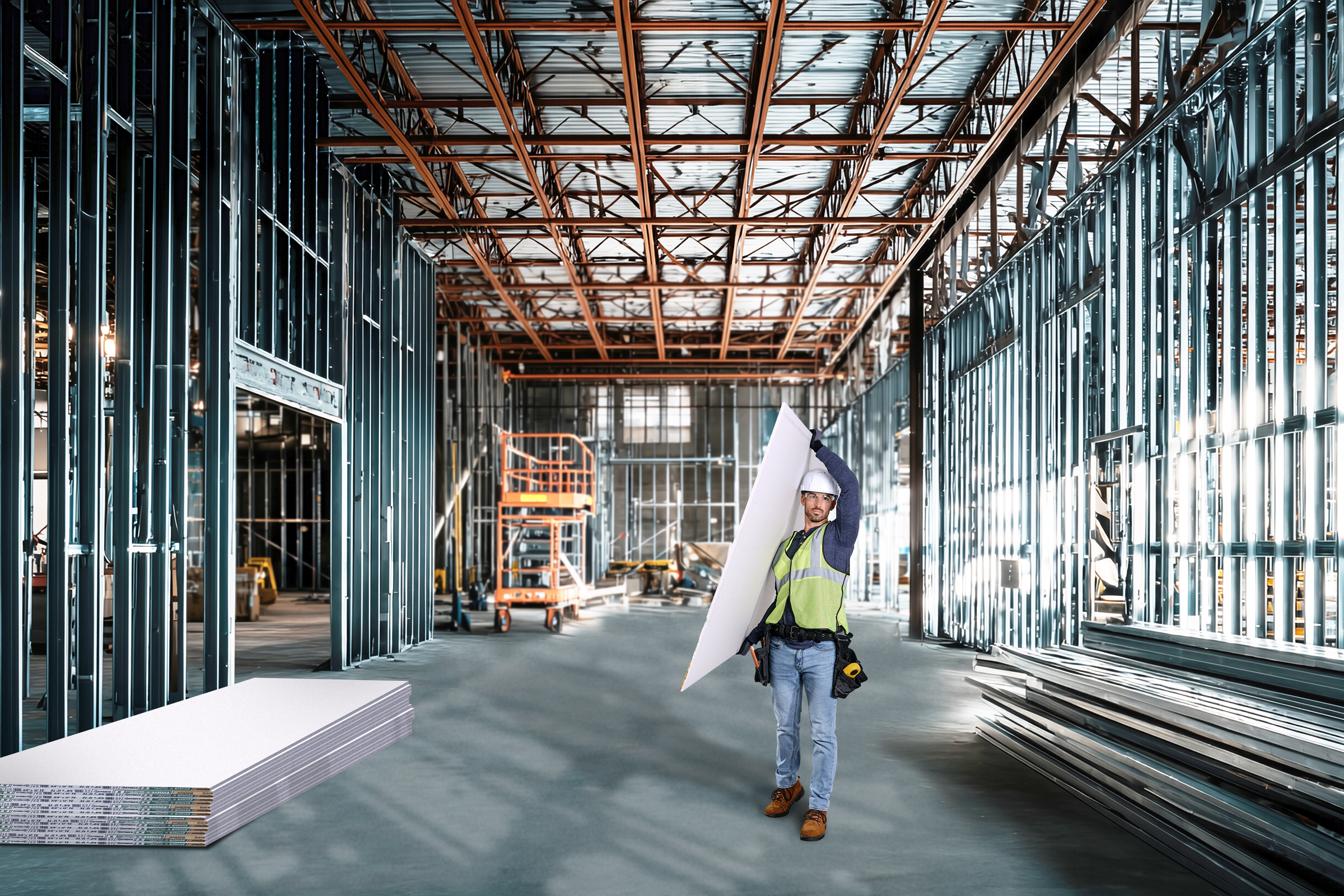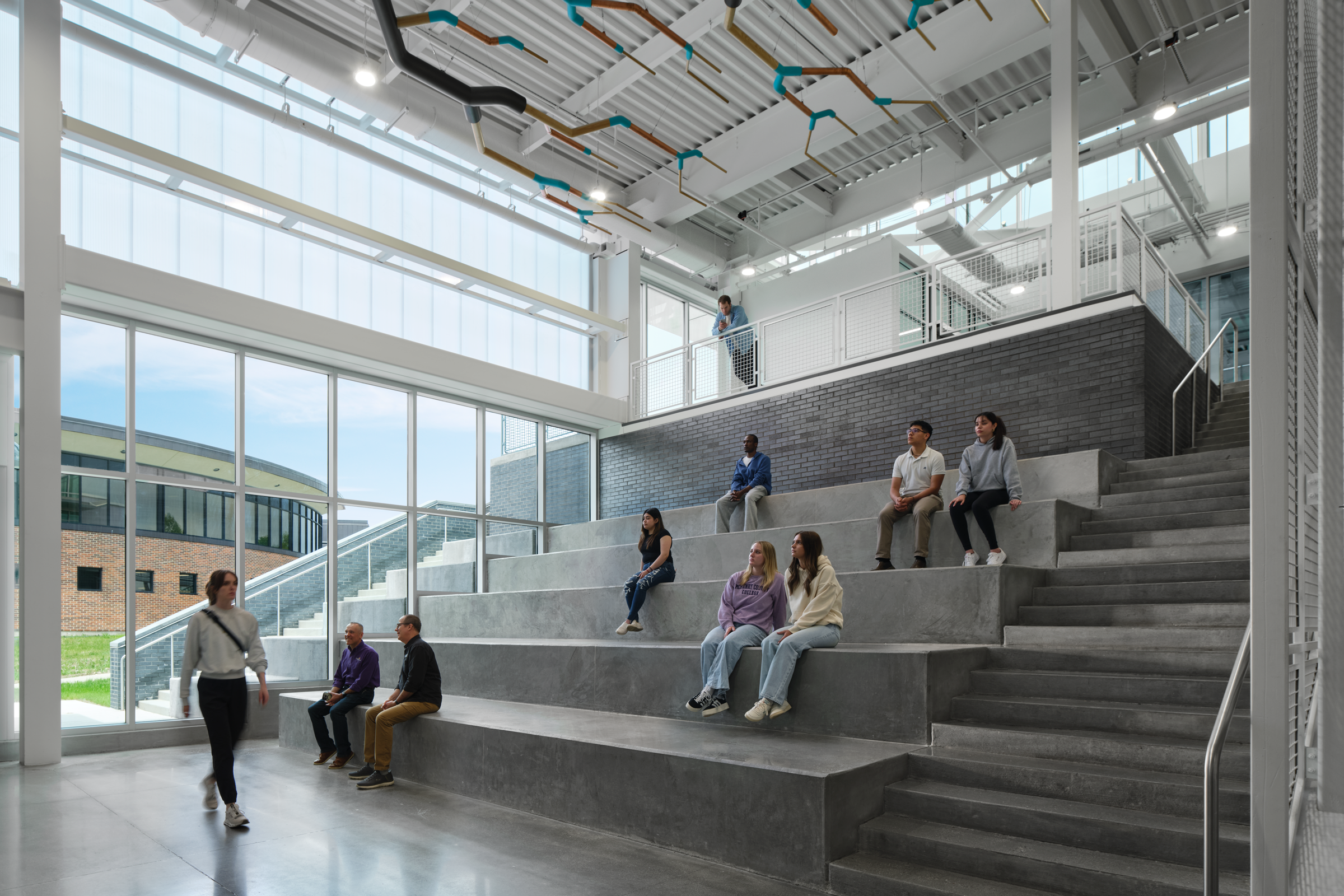Story at a glance:
- Architects at HED are providing tips for reframing sustainability.
- Considering how systems affect each other can greatly improve the environment for building occupants.
Sustainability is a nuanced proposition.
When it comes to green building there’s more to consider than a simple process of checking off items on a sustainable design framework. At HED we’ve discovered each project opens unique doors to achieving sustainability goals, but many companies are overlooking impactful (and cost-saving) opportunities.
Here are three frequently overlooked opportunities for companies to consider when engaging in climate-positive design and construction.
Consider the Big Picture by Engaging in Systems Thinking
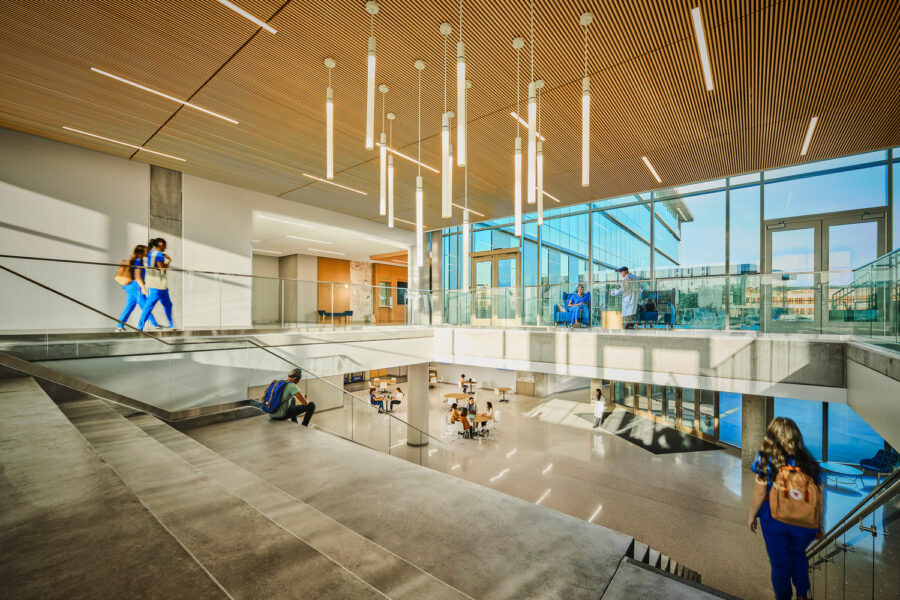
Photo courtesy of HED
It’s easy to get caught in the details and miss the big picture. In all building projects there are interrelated systems at play that affect the overall sustainability and performance of a project. Considering the big picture and how these systems affect each other, the building’s occupants and the environment can unlock synergies that greatly increase positive impact.
Step back and think about the interplay between operational and embodied greenhouse emissions, taking the whole system into account. For example, a company may want to cut down on operational expenses (i.e. energy costs) by adding insulation to a building. However, the manufacturing of that new insulation often involves significant greenhouse gas, or carbon, emissions. Might it be better to find other places to save operational energy or explore new types of insulation with lower embodied carbon? Or will the emissions from increasing the thickness of typical (as opposed to decarbonized) insulation be worth the energy saved by improving the building’s envelope?
By building an energy model alongside a life-cycle carbon (LCA) analysis of the project before leaping into new equipment or materials, the design team can help you better understand how to navigate the path to that sweet spot between operational and embodied emissions optimization.
Remember that systems do not exist in silos. By approaching each design/engineering system with more than one purpose in mind, companies can be cost-effective, energy efficient, and carbon sensitive all at once. For example, consider integrating HVAC supply diffusers with lighting fixtures. Or use structural elements to define the space in a workplace in addition to their core function. This also leads to the concept of sufficiency. How much do we need to build to meet our needs? Do we need to invest the dollars, energy, and embodied carbon on a massive HVAC system that can keep us totally cool on the three hottest days of the year, or can we design more precisely for the common condition and find creative ways (like personal desktop fans) to deal with those few anomalous days?
Avoid overreacting to “first cost.” Instead, look at the entire lifespan of that investment. Upfront expenditures may result in bigger savings in the long run. Your design team can perform a Life Cycle Cost Analysis (LCCA) to provide data to justify your financial planning.
Leverage Existing Assets
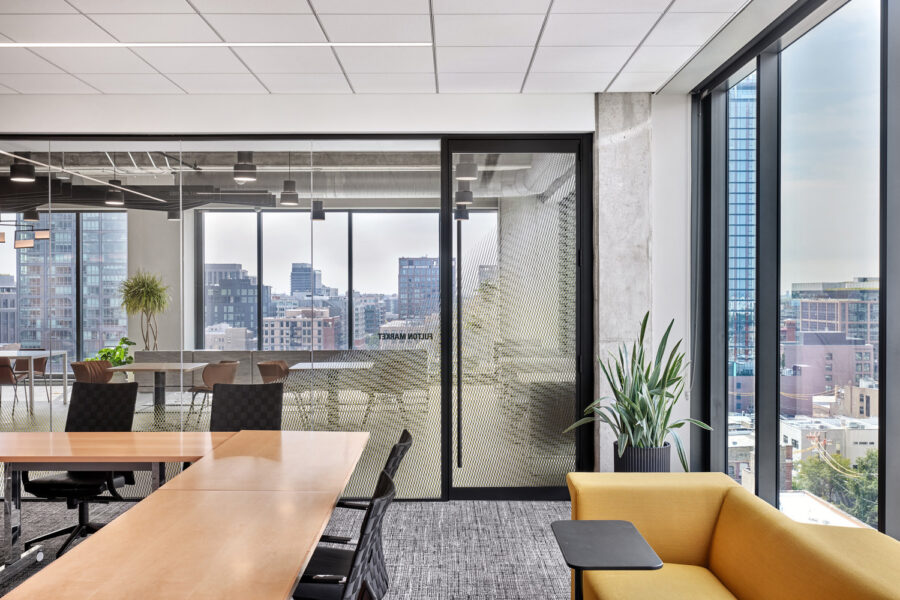
Photo courtesy of HED
The most sustainable building is likely the one that already exists. While company leadership could be attracted to the idea of a shiny, new headquarters or think the current workplace may be beyond improvable, often it’s worth doing some deep thinking to strategize how you can work with what you already have. This can save time, money, operational disruption, and embodied carbon.
Salvage has often overlooked potential—both in terms of decarbonization and cost effectiveness. If a corporation takes the remodel path, there are likely valuable materials and systems that can be reused by them or others. In a few instances some municipalities have started to mandate deconstruction and salvage by law, and this is going to become more common.
Whether or not mandated, corporations can broker salvageable materials to someone else, instead of adding to the landfill or having to pay to dispose of them. If taking a ground-up approach, consider what assets might be reusable or monetized down the road. Currently most of the items we buy come from extractive processes. But as we transition to a circular economy perhaps today’s new buildings and all the goods they contain could be the mine of the future and be valuable assets to the original owner after their first life.
When procuring materials for a new build or renovation, seeking secondhand goods tends to be cost-effective and inherently sustainable. For example, back in 2005 I was a designer at an architecture firm working on a renovation at the NRDC’s NYC office. On this project they pushed for a reusable approach on several levels—asking us to design by reworking existing cabinets, working with furniture dealers who brokered refurbished items, and upgrading their existing fluorescent light fixtures by enlisting the original manufacturer to rework the fixtures with more energy efficient lamps. They even had the contractor recover removed drywall and clear it so it could be ground into soil amendment and given to upstate farmers. The organization stayed true to its mission, saved money, reduced waste, and ended up with a perfectly sufficient office space. Keep in mind that this was more than a decade ago—before the concept of circular economy had really taken off. Today there are plenty of resources for procuring salvaged items and rehoming existing materials that your organization is done with.
Keep flexible use in mind. Rather than going all-in on customization, think about how the use of that feature or space may change over time. The way we use something today may not be the way we want to use it next week, next year, or next decade. Plus, the more flexible an asset is, the more valuable it may be when it comes time to monetize it.
Involve Your Stakeholders
The people who are going to use those new or renovated corporate offices should have clear agency in the development of what it’s going to be like. For example, if something like access to public transportation is important to employees as well as the company’s sustainability vision, then location within proximity to the subway or city bus may be vital.
Surveying the people involved does not need to mean relinquishing control. While data is a powerful tool, leadership still gets to decide whether to act on feedback. For example, when HED did a survey for a recent university project, the client made it clear to all stakeholders, including students, that the institution could not commit to acting on every comment and opinion. But that doesn’t mean hearing those opinions did not improve the design and make stakeholders feel more included.
When soliciting input for green building, consider that “sustainability” is a loaded and nuanced term. Stakeholders may not feel positive about that word or even understand what it means. However, if you break it out into its constituent parts you are likely to find things they care deeply about, like indoor air quality or resiliency. Rather than asking how much people care about sustainability, weave more detailed and approachable wording into the survey.
Some example questions include:
- Is the health impact of materials in the workplace important to you?
- How much do you feel indoor air quality affects your daily experience?
- Are you concerned about water quality at work?
Specific queries will generate a better sense of where stakeholders stand and lead to a more productive design dialogue.
The Upshot
By considering the big picture potential for integrated systems, reusing or monetizing assets, and engaging stakeholders in the design process, corporations will discover novel—and cost-effective—opportunities for green building success that will have a positive impact on both people and planet and perhaps even their bottom line.

